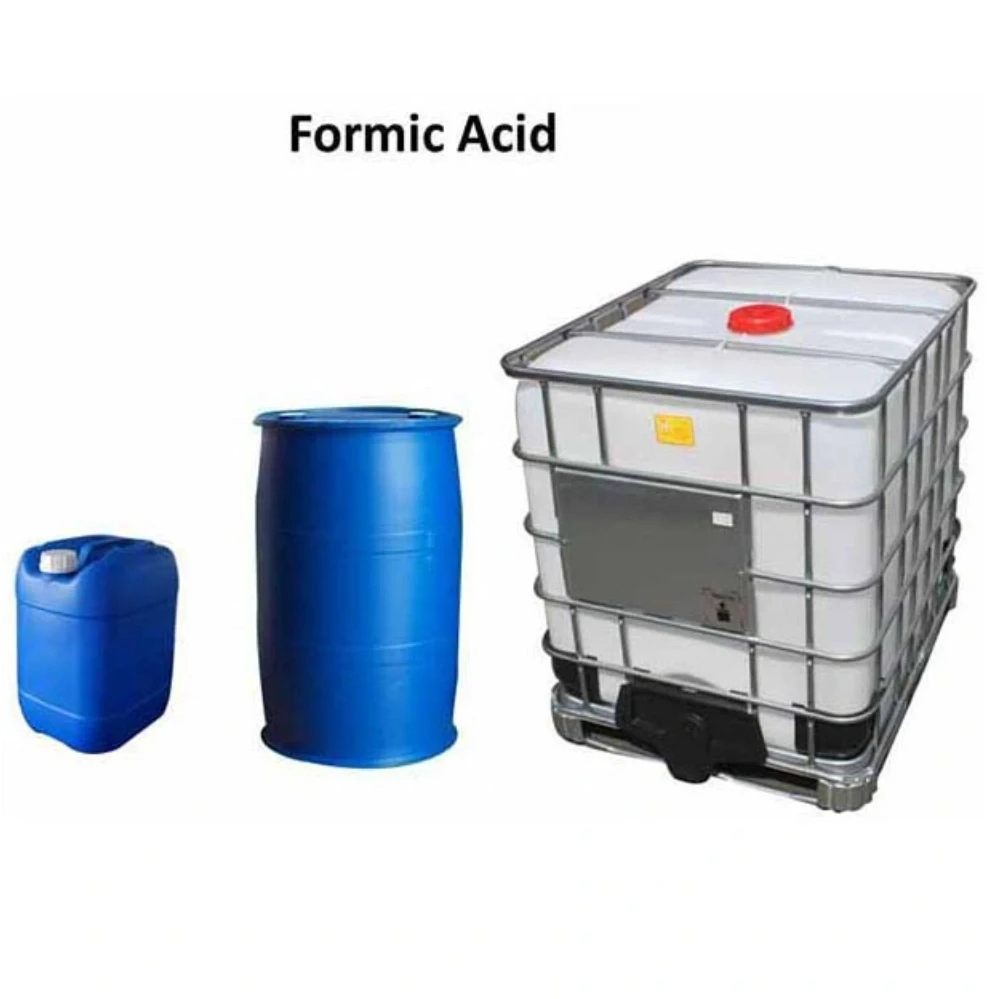



cooling tower chemical dosing pdf
Understanding Chemical Dosing in Cooling Towers
Cooling towers play a vital role in various industrial processes by removing excess heat from water used in cooling systems. To ensure their effective and efficient operation, the treatment of water in these systems is crucial. One essential aspect of this treatment is chemical dosing, which involves the addition of specific chemicals to water in order to prevent scaling, corrosion, and biological growth. This article delves into the importance of chemical dosing in cooling towers, the types of chemicals used, and the best practices for effective management.
Importance of Chemical Dosing
The primary purpose of chemical dosing in cooling towers is to maintain water quality. Cooling systems often operate under conditions conducive to scale formation, corrosion of metal components, and the growth of microorganisms. Each of these issues can lead to significant operational inefficiencies, increased energy consumption, and even equipment failure. By implementing a proper chemical dosing program, facilities can improve the lifespan and efficiency of their cooling systems, ultimately saving costs and enhancing productivity.
Types of Chemicals Used
Chemical dosing involves a range of substances tailored to address specific problems within the cooling system
1. Corrosion Inhibitors These chemicals are crucial in protecting metal components from rust and deterioration. They work by forming a protective layer on the surface of the metal, thereby minimizing contact with water and preventing corrosion. Common corrosion inhibitors include phosphates, azoles, and organic inhibitors.
2. Scale Inhibitors Scale formation can severely hinder the efficiency of cooling towers. Scale inhibitors are added to control deposits of minerals such as calcium carbonate and magnesium sulfate. Commonly used scale inhibitors include polyacrylic acids and phosphonates, which effectively disrupt the crystallization process that leads to scaling.
3. Biocides To combat biological growth, which can clog systems and degrade water quality, biocides are employed. These can include chlorine, bromine, or non-oxidizing agents that target bacteria, algae, and other microorganisms. Regular dosing of biocides is essential to maintain hygienic conditions within the cooling tower.
4. pH Adjusters The pH level of cooling water can significantly influence the effectiveness of other treatment chemicals. pH adjusters, such as sulfuric acid or sodium hydroxide, are used to maintain optimal acidity or alkalinity levels, thereby enhancing the performance of corrosion and scale inhibitors.
cooling tower chemical dosing pdf

Best Practices for Chemical Dosing Management
To ensure the effectiveness of chemical dosing, several best practices should be observed
1. Regular Monitoring Continuous monitoring of water quality parameters such as pH, conductivity, and the presence of contaminants is essential. This allows for timely adjustments to dosing levels based on the current state of the cooling system.
2. Chemical Compatibility It is vital to ensure that the chemicals used are compatible with one another and with the materials in the cooling system. Incompatible chemicals can lead to reactions that negate the benefits of treatment or even damage the system.
3. Optimized Dosing Rates Determining the optimal dosing rates for each chemical is crucial. Overdosing can lead to unnecessary costs and potential issues, while underdosing may fail to mitigate problems adequately.
4. Documentation and Training Keeping accurate records of chemical usage, dosing schedules, and outcomes helps track performance and identify trends over time. Moreover, proper training for staff involved in chemical handling and dosing ensures safety and consistency in operations.
5. Environmental Considerations There is an increasing focus on the environmental impacts of chemical use. Implementing eco-friendly alternatives and ensuring proper disposal of chemicals can minimize environmental harm.
Conclusion
Chemical dosing in cooling towers is a fundamental practice that contributes significantly to the efficiency and longevity of cooling systems. By carefully selecting the appropriate chemicals and adhering to best practices in dosing management, industries can enhance operational performance while also promoting sustainability. As technology advances, the methods and substances used in chemical dosing are likely to evolve, providing even greater efficacy in water treatment solutions.
-
Why Sodium Persulfate Is Everywhere NowNewsJul.07,2025
-
Why Polyacrylamide Is in High DemandNewsJul.07,2025
-
Understanding Paint Chemicals and Their ApplicationsNewsJul.07,2025
-
Smart Use Of Mining ChemicalsNewsJul.07,2025
-
Practical Uses of Potassium MonopersulfateNewsJul.07,2025
-
Agrochemicals In Real FarmingNewsJul.07,2025
-
Sodium Chlorite Hot UsesNewsJul.01,2025










